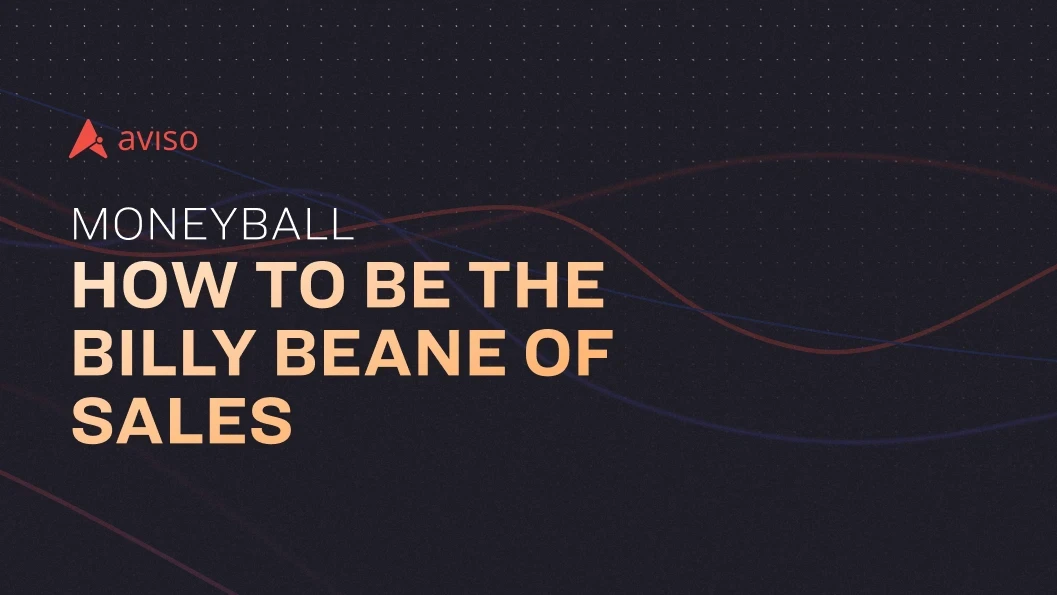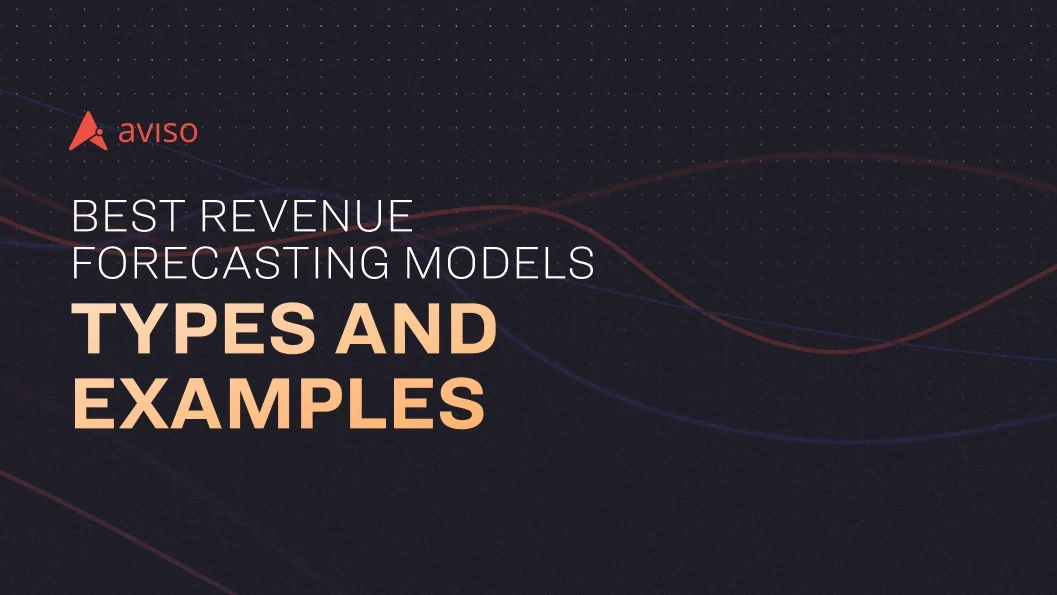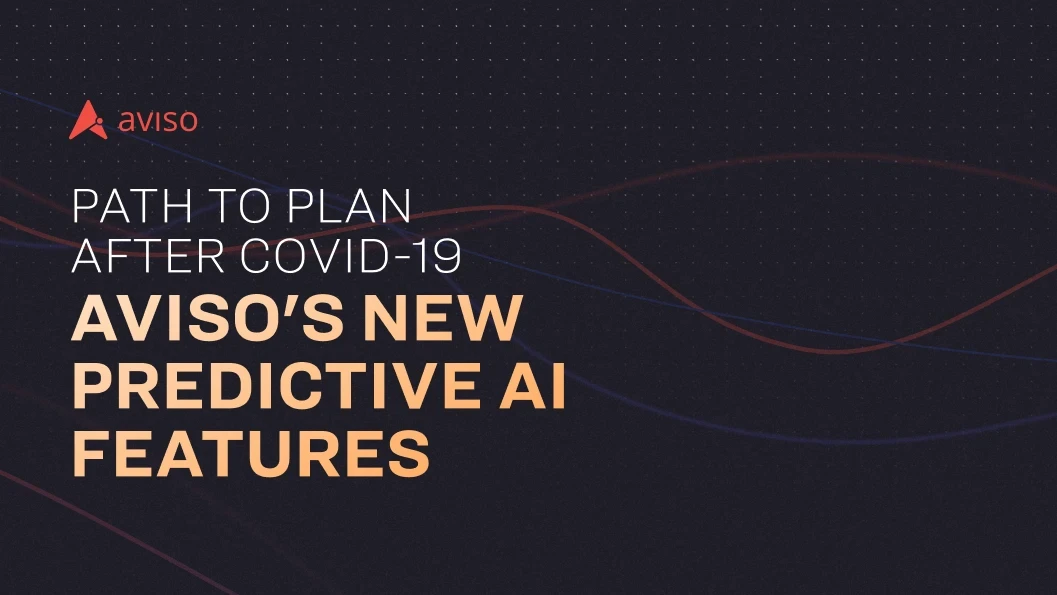Moneyball: How to be the Billy Beane of Sales
Nov 30, 2017
Major league baseball and sales organizations have something very much in common. Sure, the competitiveness of sales professionals can rival that of professional athletes, but what I’m referring to is the need for data. In 2003, Michael Lewis wrote the bestselling book, Moneyball. Some of you may have read the book, others may have seen the movie starring Brad Pitt as Billy Beane. Both tell the fascinating story of how major league baseball evolved from an old fashioned, stodgy kind of business, to one driven by data and statistics. Up until the mid 1990s baseball was run by scouts, field managers and general managers who were old time baseball people - mostly ex-players from the minor and major leagues. This self admitted “crusty” crew drafted players, and made game execution decisions based on gut, intuition, experience and personal bias. None of the decisions were based off of metrics like on base percentage, total walks, slugging percentage, etc. Fast forward to today. The most successful teams use guidance from saber-metrics, big data and AI to complement human judgment. Analytics now drive draft picks, trades, lineup and any other major decisions. For the latest evidence of this approach, look no further than the 2017 World Series winning Houston Astros. They successfully transformed their team (business) blending the latest in data analytics with great talent. Just about every major league team has a GM that is a maven at data analytics supported by computer modeling. Today, pitchers are drafted by analyzing factors that include maximum external rotation, arm position at foot contact, knee bend at ball release, because they have a direct coloration to injury probability and performance. What does this have to do with running a high performance sales organization? When it comes to key deal management processes, the majority of sales organizations operate like the old stodgy scouts and GMs of baseball’s yesterday. Most rely on the art of the sell, using gut feel and intuition.
There’s very little data that takes into account historical performance or seasonality being used to guide forecast management, pipeline reviews, or deal reviews.
Preparing for each of these meetings can be time consuming, and with gut feeling driving decisions, leadership isn’t able to get an accurate picture of the business. Sure, data from CRM systems is useful, but most sales organizations have yet to adopt advanced, cloud-based technology or machine learning to assist their teams. Instead, managers ask questions of their reps, assess their truthfulness, integrate involvement with the deals, come up with a swag or confidence level of a forecast number, and predict which deals will close, for how much, and when. I suggest that, like major league baseball, it’s time for us to transition to leveraging the power of big data, machine learning and AI to drive decision making for forecast management, deal reviews, and weekly pipeline calls. I have been leading organizations and sales teams for over 30 years, and I too am one of those leaders that had to come to this realization and adjust. We’ve entered into the new era of the AI-driven sales organization. Like financial planning, supply chain management and so many other business processes, shouldn’t sales organizations leverage machine learning and AI to create more accurate forecasts? Don’t our CEOs, CFOs and shareholders deserve a more accurate forward-looking assessment of the business by leveraging predictions based on several quarters of data pulled from CRM and other sales systems? It is time for sales organizations to enter the Moneyball era and stop using bulky, error prone spreadsheets as a forecasting tool, or as a tool to run pipeline reviews. Aviso can help you do this. Unlike CRM analytics, spreadsheets, or simple forecasting tools, our platform connects to CRM systems, snapshots data every 15 minutes, and stores it in the independent data store. We see through millions of data points, to make sense of predictive signals and provide a series of accurate predictions on day one of the quarter. We recognize that sales data is generated within several technologies that are resident in the sales stack, and we also leverage this data within our AI algorithms, to provide deal views and forecasting information you haven’t had before.
Another thing you can do with AI is understand if you’re closing deals fast enough to hit quota, known as “pacing.” You’ll also be able to determine if your current pipeline will produce enough revenue to meet quota this quarter, and whether pipeline is being built and progressed at the proper pace to support next quarter’s number.
Finally, through the power of machine learning, you can get an accurate sense of your run rate business, or the amount of revenue you can expect from deals that both open and close in-quarter. Wouldn’t it be helpful to know if a rep, product line or business segment is forecasted to miss the number, by how much and what to do about it, all while driving smart pipeline management and deal reviews? With AI for deal management, you can do that. Similar to professional sports, you have great talent on your team. You have sales pros that are proficient at selling and negotiating. Now, you can use AI to guide your talent to better assess the likelihood deals will close and forecast more accurately. You can also stay laser focused on deals that need immediate attention during pipeline reviews, and eliminate any prep required for deal reviews. It’s time to be a fully data-driven organization. If you want to talk baseball, or you’re ready to be the Billy Beane of your team, feel free to reach out to me: stephen.dangelo@aviso.com.








